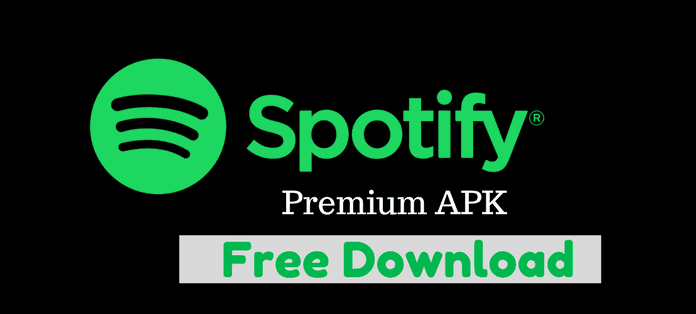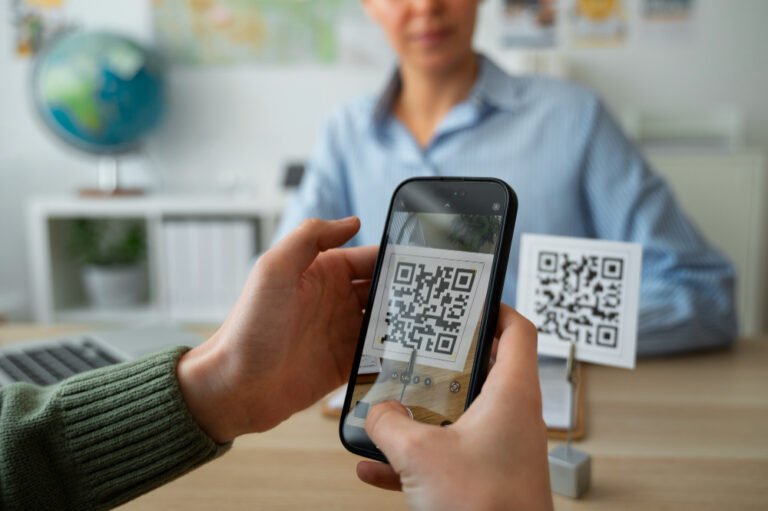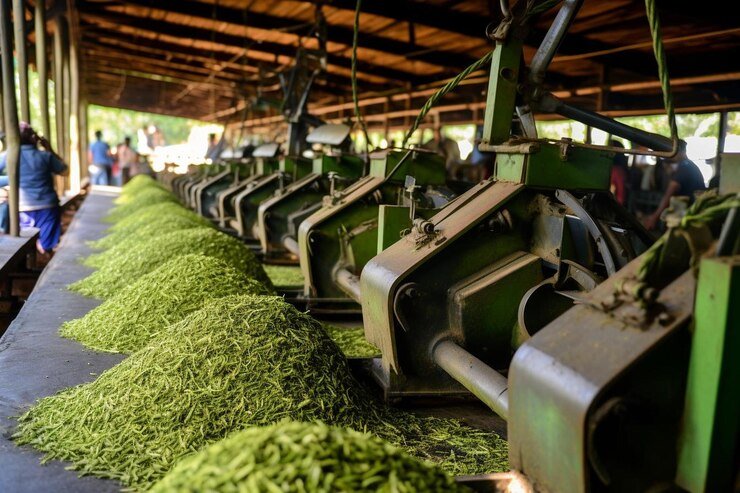From Pigeons to Pixels: A Historical Look at How We Get Our News
For centuries, staying informed about current events has been a cornerstone of human society. The methods of news delivery, however, have undergone a fascinating transformation throughout history. This article delves into the evolution of news, exploring the ingenious (and sometimes bizarre) ways people have received information over time.
The Dawn of News: Town Criers and Messengers (Before 1st Century AD)
In the earliest days, news traveled at the speed of a human messenger. Town criers, armed with loud voices and pronouncements from officials, relayed important announcements to local communities. Kings and emperors relied on networks of couriers to transmit messages across vast distances. These messengers, often on horseback or swift ships, carried vital information about wars, political decisions, and natural disasters.
The limitations of this system were obvious: slowness, unreliability (messages could be intercepted or altered), and dependence on good weather for travel. Yet, for millennia, this was the primary way news spread.
The Printing Press Revolution and the Rise of Newspapers (15th-19th Century)
The invention of the printing press by Johannes Gutenberg in 1440 marked a watershed moment in the history of news. Now, information could be mass-produced and disseminated far more efficiently. The first printed news sheets appeared in Europe in the 15th century, followed by the rise of newspapers in the 17th century.
Early newspapers were typically one-sided sheets with limited content, often focusing on commerce and shipping news. However, their affordability and wider reach revolutionized access to information. Newspapers fostered a sense of public discourse and challenged the control of information by governments and institutions.
The Penny Press and the Information Age (19th Century)
The 19th century saw a golden age of newspapers. The invention of the steam press allowed for faster printing, while the concept of the “penny press” made newspapers affordable for the working class. This led to a surge in readership and the rise of more sensationalized news content to attract a wider audience.
The telegraph, patented in 1844, further revolutionized news delivery. News could now be transmitted across continents in minutes, allowing for near-instantaneous reporting of major events. This period also saw the emergence of news agencies like Reuters and Associated Press, which gathered and distributed news to various publications.
The 20th Century: Radio, Television, and the Information Explosion (1900s)
The 20th century witnessed a dramatic shift in how people received their news. The invention of radio in the early 1900s brought news directly into homes, allowing for real-time updates on events as they unfolded. Radio broadcasts, often accompanied by dramatic storytelling, fostered a sense of community and shared experience.
The arrival of television in the mid-20th century added a visual dimension to news delivery. Television news programs, with their on-screen reporters and gripping footage, offered a more immersive experience than radio. The iconic images of historical events like the moon landing or the fall of the Berlin Wall were seared into the collective consciousness through television.
The Rise of Cable News and the 24-Hour News Cycle (Late 20th Century)
The latter half of the 20th century saw the rise of cable television and the birth of the 24-hour news cycle. Cable news networks like CNN and Fox News offered continuous coverage of current events, blurring the lines between news reporting and opinion. This era also saw the increasing influence of media conglomerates, raising concerns about media bias and the control of information.
The Digital Age: The Internet and the Democratization of News (1990s-Present)
The rise of the internet in the 1990s ushered in a new era of news consumption. Online news websites and platforms like New York Times Online and CNN.com provided a readily accessible and constantly updated source of information. News aggregators like Google News further streamlined access, allowing users to customize their news feeds based on their interests.
Social media platforms like Facebook and Twitter have become powerful tools for disseminating news. However, they have also presented challenges. The spread of misinformation and “fake news” has become a significant concern in the digital age. Additionally, the rise of social media echo chambers has led to audiences being exposed primarily to news that reinforces their existing beliefs.
The Future of News: Personalization, Artificial Intelligence, and Beyond
The journey of news delivery is far from over. The future promises even more dramatic transformations in how we get our news. Here are some exciting possibilities on the horizon:
Personalization:
News will become increasingly personalized, with algorithms tailoring content to individual preferences and past consumption habits. Imagine a news feed that anticipates your interests and delivers stories that resonate with you, without the need to actively search for them.
Artificial Intelligence (AI):
AI will play a more significant role in news gathering, analysis, and distribution. AI-powered tools can help identify emerging trends, fact-check information, and even generate reports based on real-time data. However, ethical considerations surrounding AI bias and the human element of journalism remain crucial aspects to navigate.
Immersive News Experiences:
Virtual reality (VR) and augmented reality (AR) technologies have the potential to revolutionize news consumption. Imagine experiencing a breaking news event firsthand through VR or receiving real-time news updates displayed on your everyday glasses through AR.
Citizen Journalism and Crowdsourcing:
The rise of citizen journalism empowers individuals to contribute to news reporting. With readily available smartphones and social media platforms, anyone can become a news source, documenting events and providing citizen perspectives. However, verifying the accuracy of this information remains a challenge.
The Challenge of Trust and Information Overload
As technology advances, the challenge of information overload becomes increasingly acute. We are bombarded with news from countless sources, making it difficult to discern credible information from misinformation. Critical thinking skills and media literacy are essential in this digital age. Readers must be able to evaluate the source of information, identify potential biases, and verify facts before accepting them as truth.
NewzTalkies.com: Your Trusted Partner in the Digital Age
In this ever-evolving media landscape, navigating the vast ocean of information and finding reliable sources can feel like searching for a specific grain of sand on a vast beach. That’s where NewzTalkies.com steps in as a lighthouse, guiding you towards insightful and trustworthy content.
NewzTalkies.com recognizes the importance of providing well-researched and informative content, curated by a team dedicated to bringing you the latest news and trends across diverse fields. Their commitment to quality and diverse topics makes them a valuable resource in today’s information age. Whether you’re interested in the latest health trends that can empower you to make informed decisions about your well-being, cutting-edge technology developments shaping the future, or insightful online business insights that can propel your professional endeavors, NewzTalkies.com offers a wealth of content to keep you informed and engaged.
Their blog dives deep into various subjects, including health, technology, online business, industry trends, artificial intelligence, information technology, and more. This extensive range of topics ensures there’s something for everyone, regardless of your interests. NewzTalkies.com delivers insightful articles written in a clear and engaging style, making complex subjects understandable to a broad audience.
In a world saturated with questionable information sources, NewzTalkies.com stands out as a beacon of reliable and informative content. By making informed choices about the information you consume, you empower yourself to become a more engaged and knowledgeable citizen of the world. So, why not visit NewzTalkies.com today and embark on a journey of discovery through the ever-evolving landscape of knowledge?
Conclusion:
The evolution of news delivery showcases human ingenuity and our persistent desire to stay informed. From the days of town criers to the age of social media, the methods have changed, but the fundamental purpose of news remains the same: to provide us with the knowledge and information we need to understand the world around us and make informed decisions. As we move forward into the future, navigating the complex media landscape and finding reliable sources will be paramount.
This concludes our exploration of “From Pigeons to Pixels: A Historical Look at How We Get Our News.” Hopefully, this journey has provided a deeper appreciation for the fascinating evolution of news delivery and the challenges and opportunities that lie ahead.






